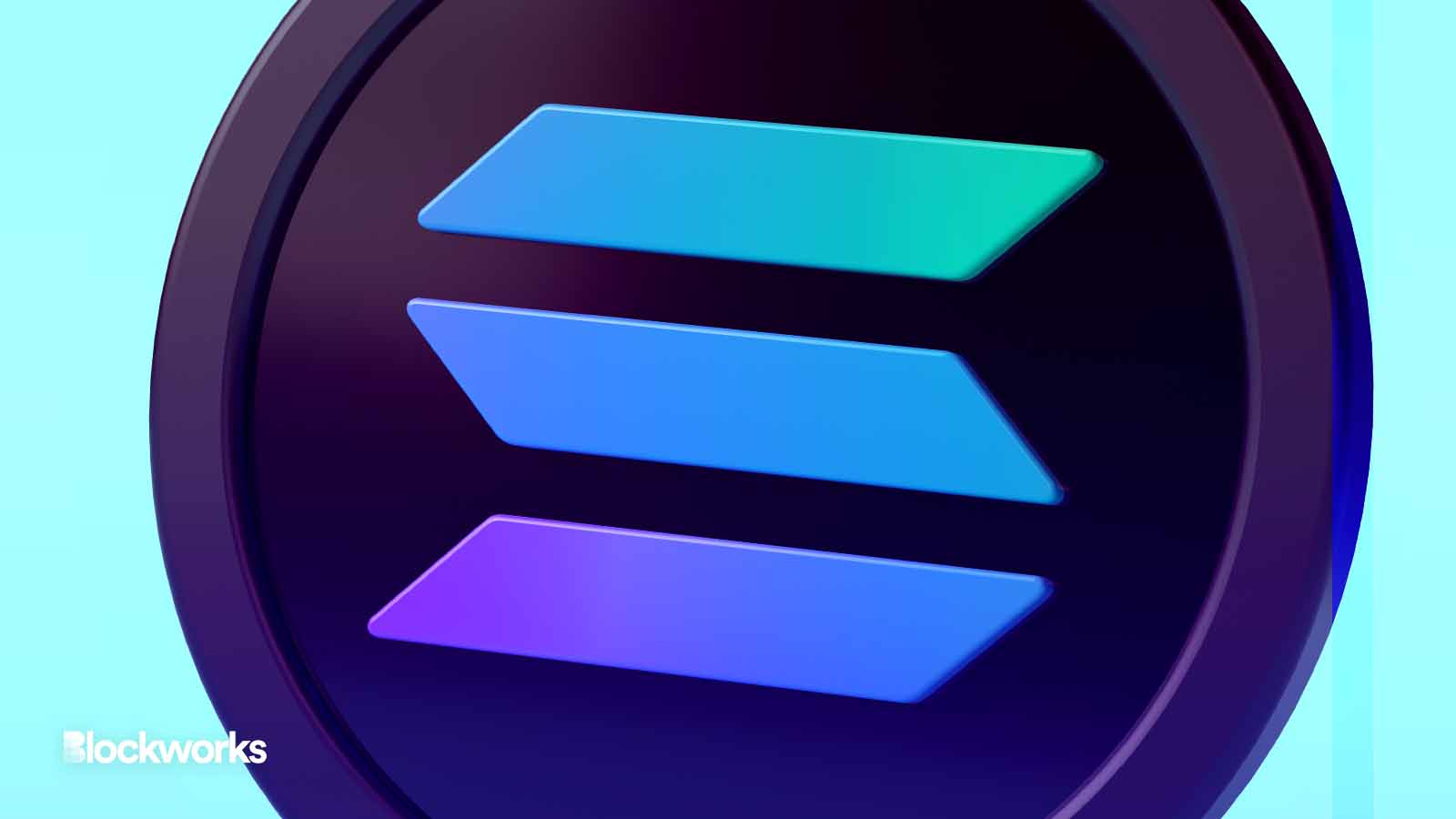Blockchain bridges are an important component of the emerging Web3 Internet, as they allow blockchains to transfer assets between each other and are essential for interoperability. Blockchains are blind to the outside world, and can only see their own blockchain smart contracts and cryptocurrencies. They cannot natively share tokens, NFTs or data with other blockchains, and must rely on “oracles” to receive data from the outside world.
Blockchains also have different designs and specializations, making some better at certain tasks than others, and trying to use one blockchain to serve every niche will result in network congestion and unreasonable blockchain transaction fees (‘gas’). Interoperability between blockchain networks has been a high priority for many years now, as it would allow blockchains with different specializations to share assets between their respective smart contract ecosystems.
As CoinTelegraph explains that bridges allow blockchains to transfer cryptocurrencies and NFTs between each other. Bridges are a combination of smart contracts and Web2 scripts designed to lock tokens on one side and mint “wrapped” tokens on the other side. Or vice versa, to burn wrapped tokens and release the locked tokens. Bridges help offload traffic from congested blockchains like Ethereum to less congested and more scalable blockchains like Solana. The term “cross chain” is often used when discussing apps that use blockchain bridges. Centralized (or “federated“) bridges run by exclusive organizations and companies have been around for some time and are the most secure, with the Wrapped BTC bridge between the Bitcoin and Ethereum blockchains being the most famous. On the other hand, decentralized bridges operate solely on smart contracts and Web2 server script, and must rely on sophisticated cryptography to prove that the sender on one side is also the receiver on the other side.
Bridges are high priority targets for hackers
Bridges act as escrow accounts between blockchain networks, and often rely on a combination of Web3 blockchain and Web2 internet infrastructure to send messages between networks. Because of this, blockchain bridges often have hundreds of millions (if not billions) of dollars worth of digital assets locked up in their smart contracts, making them high-priority targets for hackers. To date, a universal standard architecture for blockchain bridges does not exist, and many mistakes have been made trying to figure out the best way to build them. It only takes one small typo for hundreds of millions of dollars worth of value to be stolen. Thus, blockchain bridges are still at the (extremely sharp) cutting edge of technology.
The most famous bridge hacks include the recent $190 million Nomad hack, where a simple typo after a smart contract upgrade allowed everyone to “loot” the bridge’s assets in a massive frenzy, or the largest and most infamous $600 million Ronin bridge hack which was executed by the North Korean Lazarus Group in March 2022. Blockchain analytics firm Chain analysis shows blockchain bridge hacks account for nearly $2 billion of stolen assets, and says effective bridge design remains a “unsolved technical challenge.“Fortunately, many venture capital firms are willing to compensate victims of bridge hacking, as the future economic potential of blockchain bridges far outweighs their early losses.
Blockchain bridges are an important component of the emerging Web3 economic layer of the Internet, as they allow blockchains with different specializations to transfer assets between each other. Bridges are high-priority targets for hackers, with losses in the billions due to many high-profile bridge hacks. Because bridges are still highly experimental and have no standardized architecture, they are risky to use and should not be trusted to large amounts without some form of insurance in case of a hack. But, blockchain bridges are also an important component for the future of Web3, and developers will eventually find a secure and standardized way to design and manage them.
Source: CoinTelegraph, Chainalysis

























